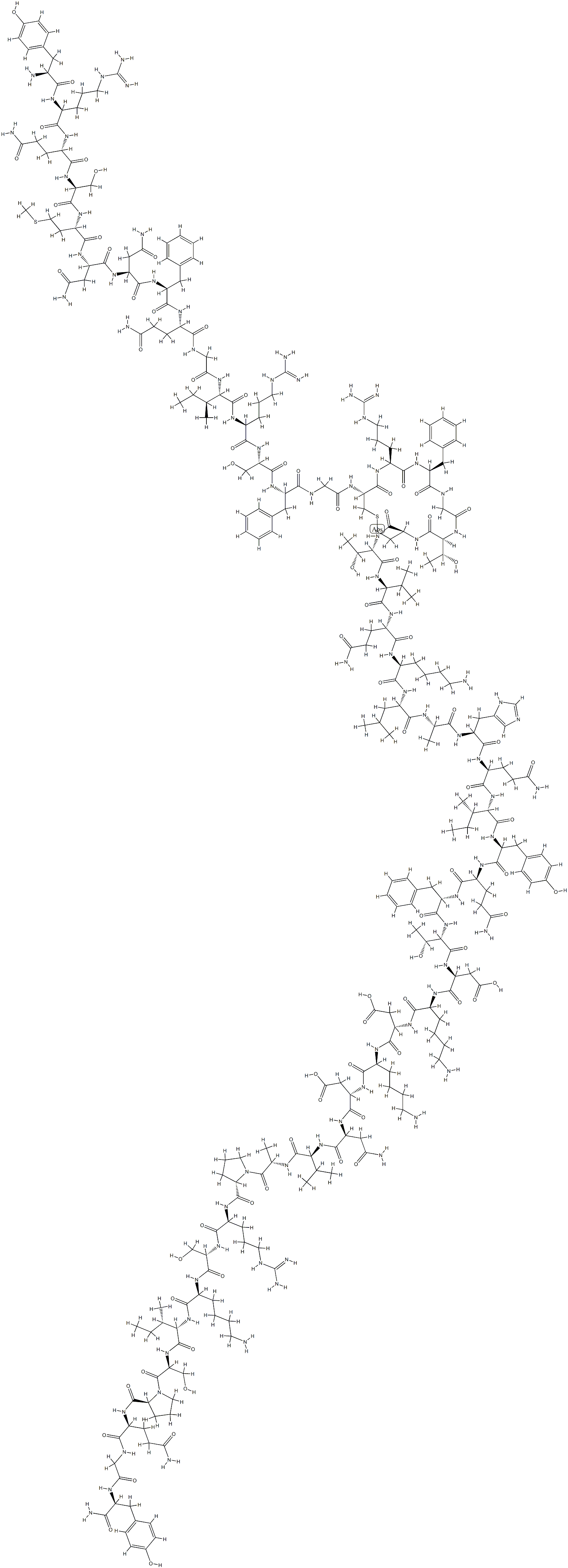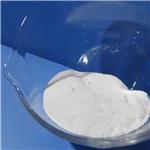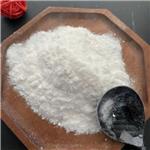Peptide elicits potent hypotensive effect, comparable to calcitonin gene-related peptide. Plays a key role in regulating endometrial angiogenesis.
Adrenomedullin (ADM) human comprises of 52 amino acids and has amine group in the C-terminal tyrosine residue. It also has a N-terminal ring structure and belongs to calcitonin peptide family. ADM has vasodilatory function and is mapped to human chromosome 11p15.4. Adrenomedullin is highly expressed in endothelial cells. Adrenomedullin controls a majority of cellular processes using cyclic adenosine monophosphate (cAMP) as a messenger. It interacts with calcitonin receptor-like receptor (CRLR) and receptor activity modifying protein 2 (RAMP2). ADM contributes to invasion activity in brain tumor cell lines. ADM signalling plays a key role in tumor progression, especially in acute myeloid leukemia.
Peptide elicits potent hypotensive effect, comparable to calcitonin gene-related peptide. Plays a key role in regulating endometrial angiogenesis.



